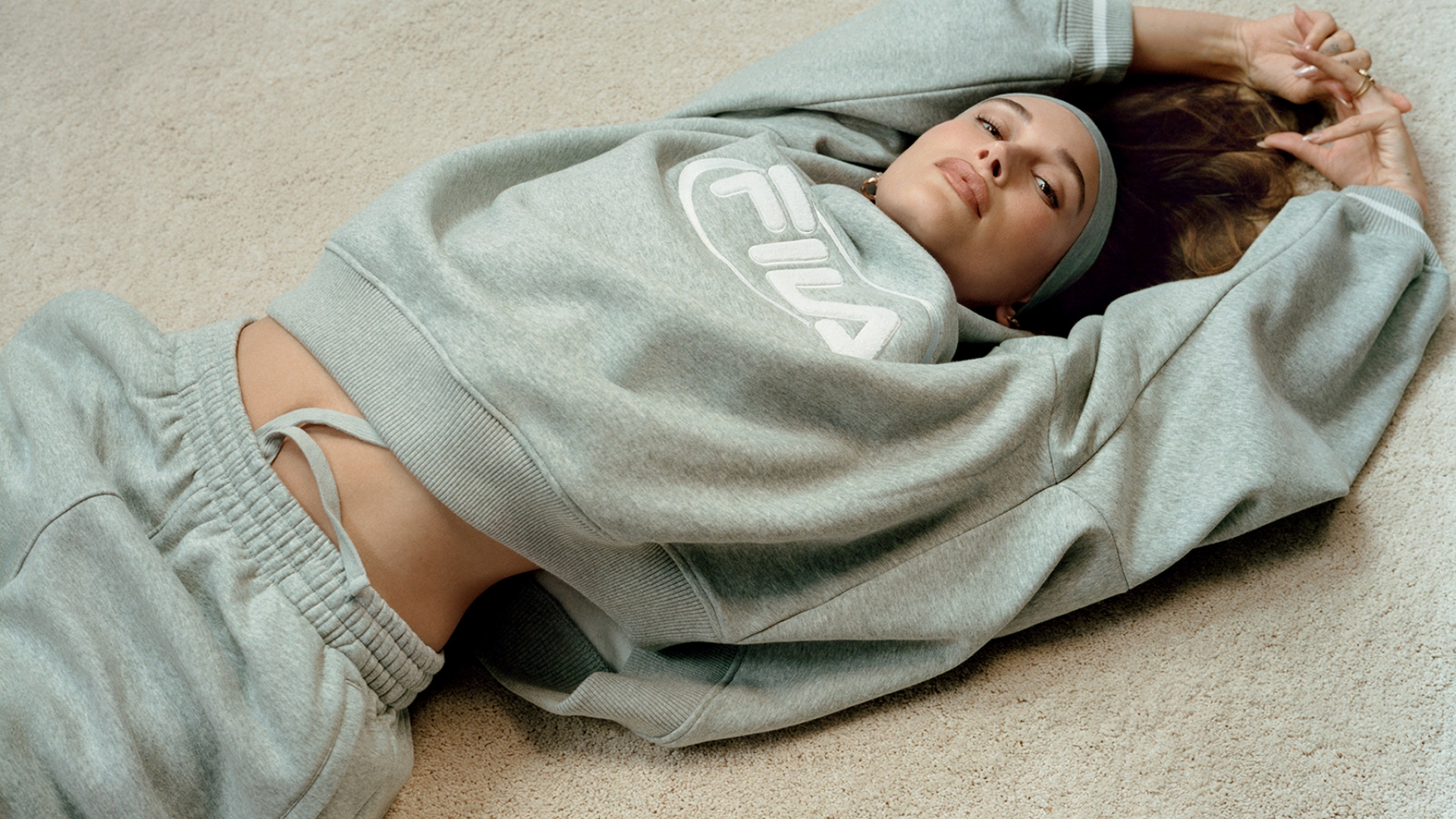If you've ever found yourself irresistibly drawn to a particular beauty product, only to realise that it's not just the product but the packaging that has caught your eye, you're not alone. The world of beauty packaging is a panorama of vibrant colours, myriad textures, and sleek design elements. It's not just about what encases the product; it's about how the packaging speaks to the consumer on a subconscious level. One of the most impactful ways of doing this is through the use of colour psychology—understanding how different hues can influence perceptions and decisions.
The Underpinnings of Colour Psychology
Colour psychology delves into the study of how colours can elicit emotional, mental, and behavioural responses. It is a dynamic that extends well beyond aesthetic appeal. The colour scheme of a product's packaging can spark joy, convey luxury, or evoke tranquillity, and companies meticulously strategise these choices to align with their brand message and target demographic.
Take, for instance, the use of earthy tones like browns and greens. These colours often signify organic or natural ingredients and are frequently used for brands that want to convey an environmentally-conscious image. In contrast, vibrant hues like electric blues or hot pinks typically suggest playfulness and boldness. They can attract younger consumers seeking to experiment with audacious makeup looks.
Black and white are quintessential examples of how simplicity can translate to luxury. These classic colours are often used in premium beauty product packaging to signify elegance and sophistication. Gold accents may be introduced to further underline the notion of high-value and exclusivity.
Understanding the consumer base is key to effective colour selection. Brands catering to a younger demographic may veer toward brighter, punchier colours that exude energy and zest. In contrast, those targeting mature consumers might lean towards muted tones that convey timeless elegance and trustworthiness.
It’s also critical to understand the emotional responses elicited by different colours. Soft pastels like lavender and pale yellow often evoke feelings of tranquillity and can be perfect for skincare lines that promise to soothe and calm. Fiery shades like red can symbolise passion and excitement, making them ideal for products like bold lipsticks or dramatic eyeliners.
The Paradox of Simplicity: NARS and La Roche-Posay

When you think of NARS, the minimalist black and white packaging likely comes to mind. This colour scheme evokes a sense of timeless sophistication, creating an image of a luxury product without having to explicitly say so. In contrast, La Roche-Posay, like The Ordinary, often opts for pure white packaging. White signifies purity, simplicity, and effectiveness, subtly suggesting that the product is straightforward and reliable in solving your skincare concerns.
The Ethereal Touch: Fresh Beauty and Tatcha

Fresh Beauty uses muted, earthy tones like browns and soft blues. These choices align perfectly with their brand ethos of natural, effective ingredients. Tatcha, on the other hand, employs a royal purple combined with gold. Purple traditionally signifies royalty and luxury, and when paired with gold accents, it elevates the product to an even higher level of opulence.
The Vibrant Story: Rare Beauty and Drunk Elephant

Rare Beauty's packaging features pops of rosy pinks and soft lavenders, mirroring the brand's mission of redefining beauty standards and embracing individuality. Drunk Elephant, with its neon colours and chunky forms, indicates a playful but science-backed approach to skincare. This whimsical palette appeals to younger consumers and distinguishes the brand in a crowded marketplace.
Key Takeaways for Brand Owners
- Consumer Research. Conduct thorough market research to understand the emotional and psychological profiles of your target audience.
- Alignment with Brand Message. The colour scheme should be in sync with the brand's core message and values.
- Consumer Perception. Understand that colours convey meanings without explicitly stating it.
- Cultural Sensitivity. Colour meanings can vary across cultures, and global brands must be sensitive to these nuances.






.svg)


.svg)
.svg)






